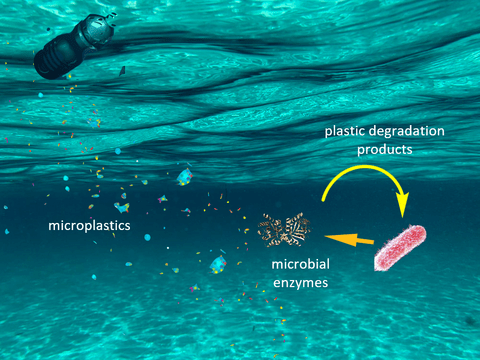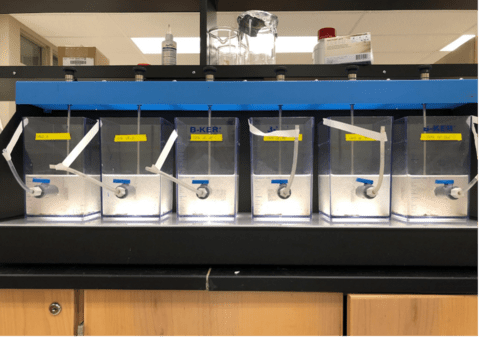Researcher Profile: Meet Steph Slowinski
The Microplastics Fingerprinting project team consists of over 25 faculty members, masters and PhD students, and support staff from various disciplinary backgrounds. We recognize this diversity as a strength that enables an interdisciplinary and holistic evaluation of the challenges and solutions associated with microplastics. Each issue of our newsletter will feature one of the project’s excellent researchers.






